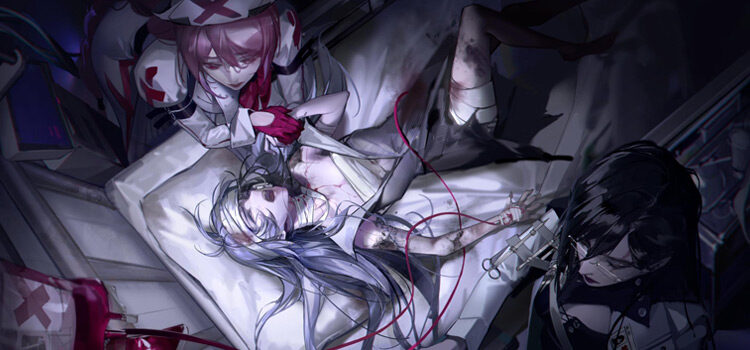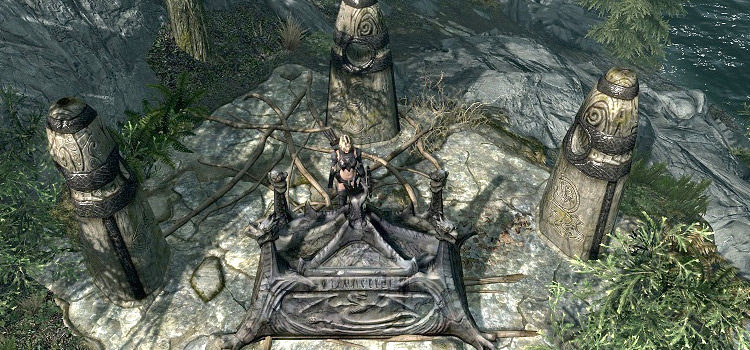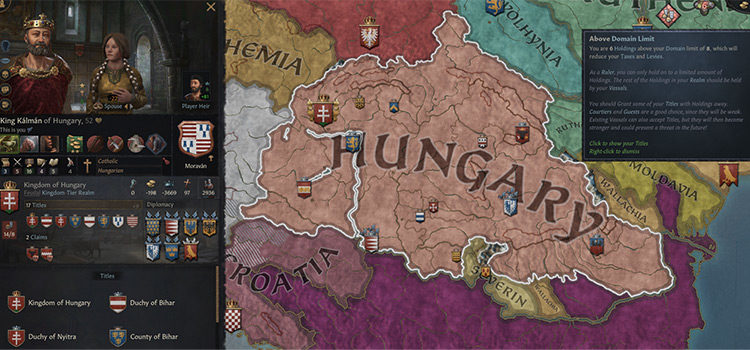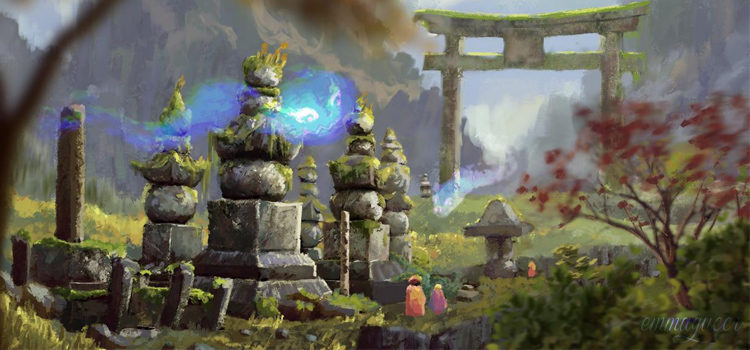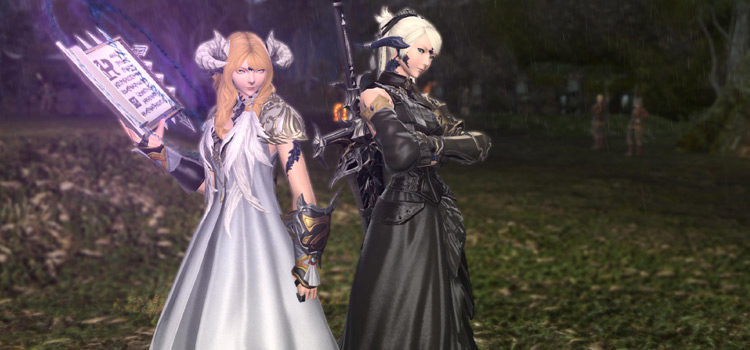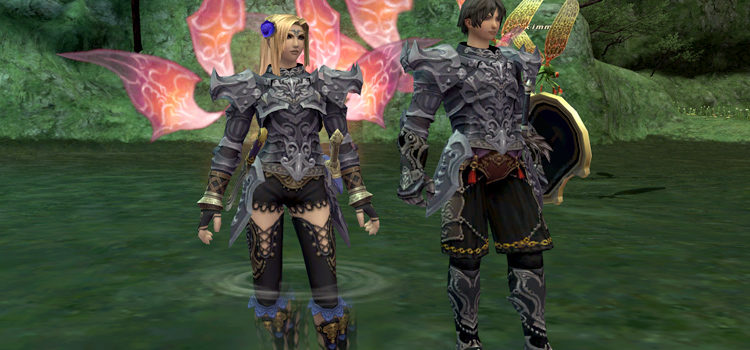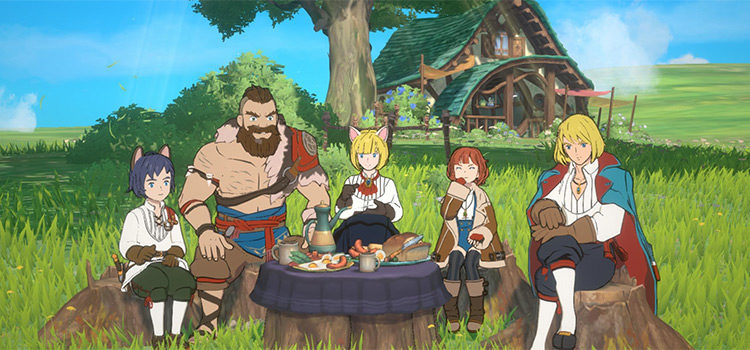D&D 5e Leveling Guide: What Happens When You Level Up?
This post may contain affiliate links. If you buy something we may get a small commission at no extra cost to you. (Learn more).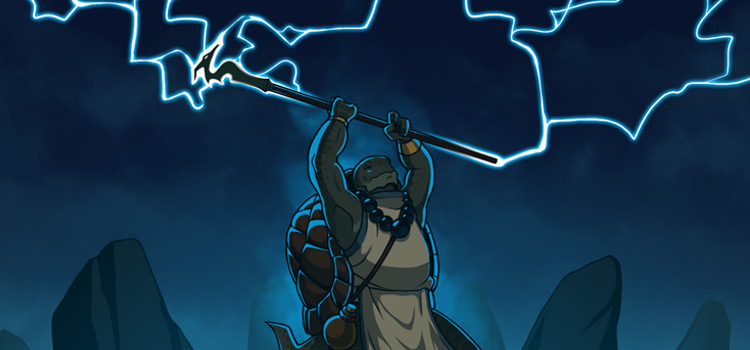
As your character grows in experience and notoriety, you would expect them to grow in power. And you’d be right!
That’s exactly what a level up is: a representation of a character’s growing power as they gain access to new abilities and class features.
But experience isn’t so easily modeled. A character slaying their first dragon will have learned much more from that fight than someone who’s just hunted their hundredth. The EXP per dragon doesn’t change, but the hunter’s obviously learned less. Why is that?
D&D’s EXP system has always been notoriously archaic and confusing. At its heart it’s a wonderful idea, a way to promote more character centric play and allow for growth in abilities.
Still, attaching what should be significant moments of improvement and inspiration to arbitrary numbers, it doesn’t make much sense.
Let’s get the basics of leveling out of the way, then get into some of the ways that you can adapt D&D’s level up system to better fit your game.
What Happens When You Level Up in 5e?
Whenever you slay enough monsters, finish enough quests, or really any time your DM sees fit, you can achieve a level up.
For the sake of not having this be two hundred pages long I’m going to talk in incredibly broad strokes, but this is one topic I feel comfortable handing off to the Player’s Handbook. It does a phenomenal job explaining the step by step nuances of your classes level up.
So for specifics, head to your classes section of your PHB. It’ll be arranged chronologically from character generation to level 20. Just skim through until you find your applicable level.
For generalities, well that’s what you’re here for!
Leveling in D&D is almost exponential in terms of character power.
This means a 10th level wizard is not merely twice as powerful as a 5th level wizard. There’s orders of magnitudes of difference between the two.
This is generally because of more access to better options. For wizards that looks like more spell slots and better spells.
Your stats also mirror this idea, for levels 1-4 your proficiency bonus (the bonus you get for specializing into the skills you choose as you’re making your character) is +2, for levels 5-8 it’s +3, 9-12 +4, 13-16 +5, and 17-20 +6.
This may seem insignificant. But any numbers you can add to your dice rolls are good numbers.
Every 4 levels (levels 4,8,12,16 and 20) you also get what’s called an ability score increase, or ASI.
Your ability scores are the primary stats on the left side of your character sheet, Strength, Dex, etc.
Essentially you get two points added to whatever score you want. Either two points to one score, or one point to two different ones.
So when you level up you get more numbers to add to dice, and new class skills.
If you have any sort of gaming experience, this is probably exactly what you were expecting. So let’s get into a specific example of what that might look like.
5e Leveling Up Example
For this example we’re going to be leveling up a Bard 2 to a Bard 3.
The only stats that are relevant are Charisma, which will affect a skill we get, and our Constitution, which changes how much health we get on a level up.
For our Bard, they’ll both be 12 (+1)
To start, let’s configure our new health!
When you level up you’ll have the choice of either rolling your class’ hit dice +Constitution to find your new health, or taking an ‘adjusted median’ (half of the max for your hit dice +1) +Constitution.
To keep it simple we’re going to take the adjusted median and pretend we’ve done that since character creation.
So for a d8-based Bard with a +1 Constitution, level 1 health would be 9. Our adjusted median would be 5, plus our Constitution is 6, so for every level until our Constitution changes or we multiclass into different hit dice we get 6 more health.
Level 2 health is 15, and now that I’m leveling up to level 3 my health would jump to 21.
At level 3 I get to pick my Bard College, which is the bardic subclass.
Subclasses are basically specialties inside of your class. Imagine it like the different medical professions you can have: Neurosurgeons and Pediatricians are both doctors, but in vastly different ways.
Every class gets a subclass at either level 2 or 3. And this drastically shapes how your character will play, so give it lots of thought.
When I pick my subclass I’ll get a few immediate bonuses. I like the idea of a combat heavy bard, so I decide to subclass into the College of Valor.
At level 3 this gives me proficiency with medium armor, shields, and martial weapons, which basically means when I use any of those I can add my proficiency bonus to them.
I also gain a new way to use the Bard’s signature spell, Inspiration… but that’s pretty specific so we’re not going to get into it.
And that’s it!
That’s all it takes, you just follow along in the PHB and make choices when it tells you to. It’s pretty easy once you get the hang of it.
Remember, there are class skills, and there are subclass skills. Make sure to check both sections when you level up.
How To Calculate EXP in 5e
This is mostly in regards to monster slaying, because quest EXP is either determined by the manual you’re playing in, or at the discretion of your DM.
With monsters, the EXP you gain is determined by its challenge rating, which should be on the stat block you or your DM is using for the monster.
If you’re homebrewing, check out this link to make custom monster stat blocks.
I know it can be tempting, especially for good DM’s with lots of game knowledge, to just run the combat on the fly. But having a premade stat block is incredibly helpful for making your combat feel more consistent (especially if you’re playing with rules lawyers who will call you out on dice not making sense).
As for adding the EXP to your character sheet, there should be a blank in the top right corner for it, and it is cumulative between levels so all EXP contributes to lifetime EXP.
What To Look For On Each Level
Let’s go through level by level and show you know what you should be expecting to get at that level, because most classes follow the same general pattern to keep the game balanced.
The number beside the level in parenthesis is what your proficiency bonus will be at that level.
Level 1 (+2): Starting Level, you’ll find your classes starting health (unless you’ve multiclassed) and usually gain access to that class’s signature ability.
For Barbarians this is Rage, Bards get Inspiration, Wizards get their spell book, etc.
You’ll also get your classes proficiencies and skills. This is usually the busiest level in terms of new skills.
Level 2 (+2): Now the ones with good primary skills get access to theirs (think Lay on Hands for Clerics, and Action Surge for Fighters, Monks Ki).
If you’re lucky, you’ll also gain access to your subclass at level 2 which will give you a slew of abilities to play with.
Clerics (technically at lvl 1, but they get some skills now), Druids, Sorcerers (same deal as Clerics, but you get your skills lvl 1), and Wizards keep a lookout for your subclasses.
Level 3 (+2): Everyone else, this is your subclass level.
Level 4 (+2): First Ability Score Increase! Remember, you can trade this out for a feat if the mood strikes you.
Level 5 (+3): Now you get your class’s secondary ability. For combat classes it’s probably more attacks, for casters it’s access to your first ‘big’ spells.
Level 6 (+3): Subclass (tertiary) ability (normally), for a few classes it’s a class ability. But either way it’s usually nothing to write home about. Except for Bards, Bards get shredded at level 6.
Level 7 (+3): For casters you get a higher spell slot, for everyone else it’s probably an ability.
Level 8 (+3): Ability Score Increase number two!
Level 9 (+4): This is either your class’ tertiary ability, or higher spell slots.
You’ll see that physical classes like the Barbarian typically get more abilities than the caster classes, but that’s because every level casters get access to new spells. So new spell slots plus new skills would make the game more unbalanced than it already is.
Level 10 (+4): More small abilities for everyone except for Rogues, who actually have more ability score increases than any other class. They get one of their extra’s here
Level 11 (+4): Buff to primary ability for physical classes, spell slots for casters. Warlocks get access to a new ability.
Level 12 (+4): Ability Score Increase number three!
Level 13 (+5): Buff to second/tertiary ability, except for Monks and Rogues which get a new skill, casters get higher spell slots.
Level 14 (+5): Subclass improvement/new skill.
Level 15 (+5): You know the pattern, new/buffed ability for physicals, higher level spell slots for casters.
Level 16 (+5): Fourth Ability Score Increase!
Level 17 (+6): More buffs for the secondary/tertiary ability. This is probably the caster’s biggest level since they finally gain access to 9th level, reality bending, world-ending spells.
Level 18 (+6): 18th and 20th levels typically have your class’ most involved/coolest skills; these are the reasons you took the class.
Level 19 (+6): Your last Ability Score Increase.
Level 20: The magnum opus of your class.
For Fighters it’s your third attack per turn, for casters it’s usually some form of regaining spell slots to keep you casting for longer.
Either way, if you’ve made it to level 20 you are now the pinnacle of what your class represents.
For multiclassing, max is based off the sum of your character’s levels, ex: Fighter 10/Barbarian 10 is max level.
If you want class specific & detailed layouts of pretty much exactly what I just spelled out, check out D&D Beyond’s class information. They’re the best.
How To Better Represent Growth By Leveling
I’d like to share my personal opinion on how I’ve had the most fun with D&D 5e.
However, you should always support the choices your DM’s make. Don’t use this article as proof that hard EXP systems are garbage.
That’s not to say that EXP systems aren’t garbage. But your DM’s trying their best and they don’t need that sass.
One of the oddest occurrences in the already odd system is that leveling from lvl 10 to 11 takes 21k EXP, but leveling from 11 to 12 only requires 15k EXP?
The reason for this is most commonly cited to one thing: in early 5e playtesting, most campaigns stopped around level 12 or 13.
Wizards of the Coast wanted to encourage more play.
So they made it easier to level up, and that much easier to anticipate your next skill. The heart of the problem, though, is that the EXP system was dragging out people’s games, and making them unenjoyable to the point where players who had invested hundreds of hours into that character were getting bored.
People were getting stuck in the middle levels so often that WotC had to step in and make gameplay changes to try and alleviate it.
The Milestone system dodges that problem by letting the DM decide when their players level up, often at pivotal choices, points of character development, or after a sufficiently herculean task.
When you attach leveling up to a specific achievable goal, instead of an ephemeral number, you don’t run into the problem of player burnout nearly as often
The primary reason is that you as the DM have more control.
You don’t have to artificially pump EXP numbers, or have them fight twelve plot irrelevant dragons to reach the magic number. If your players are ready, it’s your call.
It offers a level of specificity and customizability that a pre-established EXP system never could.
The milestone system isn’t some obscure branch of homebrew either. D&D Beyond, probably the most credible character builder out there, lists it as one of the options under their tab for calculating EXP.
The milestone, in my opinion, is the way that D&D was always meant to be played. Sessions can play out more like stories, with characters getting stronger as the adventure calls for it.
D&D is a game riddled with archaic traditions and rules that can feel like they’re carved into stone. But the responsibility of a DM is to the enjoyment of their players.
I highly recommend sitting down and experimenting with the Milestone system the next time you play, and unsaddle your campaign from the hail of numbers that is our overworked EXP system.
You’d be surprised how much fun it can be.
